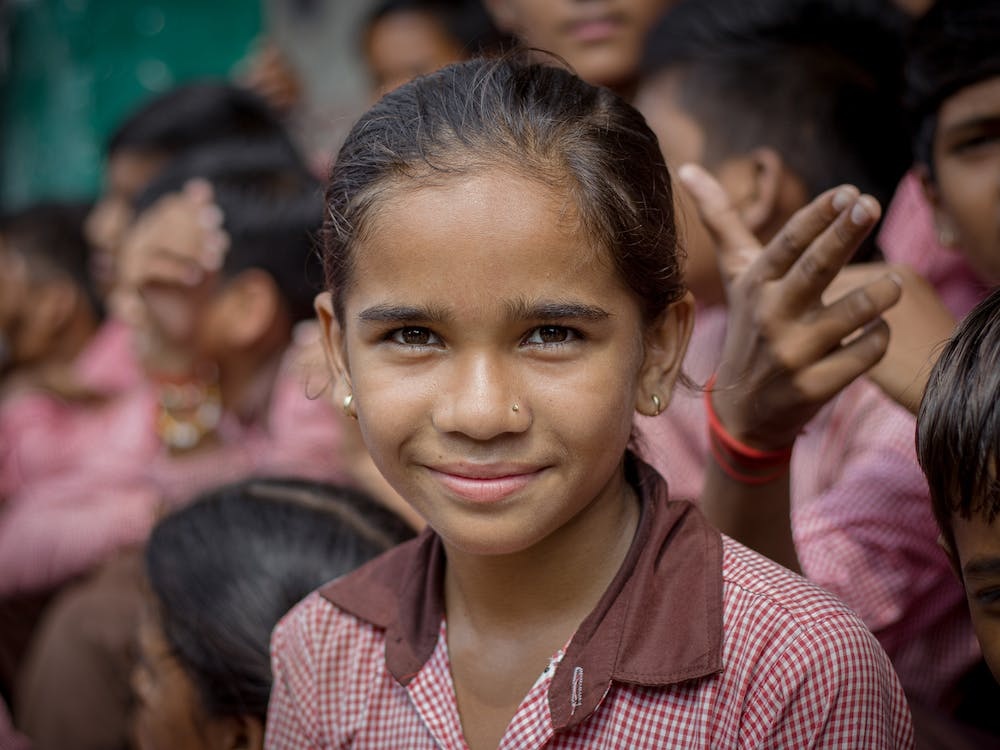Beti Bachao Beti Padhao: Empowering the Girl Child
Introduction:
“Beti Bachao, Beti Padhao” is not just a slogan; it’s a clarion call to uplift and empower the girl child in India. In a society where gender bias and discrimination persist, this initiative strives to ensure the survival, protection, and education of girls. This essay delves into the significance of the “Beti Bachao, Beti Padhao” movement, its goals, impact, challenges, and the collective efforts needed to create a brighter future for our daughters.
Unveiling the Initiative:
“Beti Bachao, Beti Padhao” was launched in 2015 as a response to the alarming decline in the child sex ratio and the skewed gender ratio in several states of India. The initiative aims to address gender-based discrimination and promote the rights of the girl child.
Goals of the Initiative:
- Save the Girl Child: The primary goal is to arrest the decline in the child sex ratio and create a favorable environment for the survival and growth of girls.
- Educate the Girl Child: The initiative focuses on promoting girls’ education to empower them with knowledge, skills, and opportunities.
- Change Mindsets: “Beti Bachao, Beti Padhao” seeks to transform societal mindsets by challenging gender stereotypes and advocating gender equality.
Impact and Progress:
The initiative has witnessed considerable progress since its inception. Awareness campaigns, community engagement, and policy changes have contributed to an increase in the child sex ratio in several states. The emphasis on girls’ education has led to higher enrollment rates and improved learning outcomes.
Challenges and Roadblocks:
- Deep-Rooted Norms: Cultural norms and biases that favor sons over daughters are deeply ingrained in society and pose a significant challenge.
- Access to Education: Despite efforts, girls’ access to quality education remains unequal in many parts of India, especially in rural areas.
- Early Marriage: The prevalence of child marriage continues to hinder girls’ education and personal development.
Promoting Awareness and Sensitization:
Awareness campaigns, workshops, and community involvement are pivotal in promoting the initiative’s message. These efforts aim to sensitize society to the importance of valuing and investing in the girl child.
Empowerment Through Education:
Education is a cornerstone of empowerment. When girls are educated, they can break free from the cycle of poverty, contribute to society, and make informed decisions about their lives.
Legal Safeguards:
Legal measures have been implemented to protect the rights of the girl child, such as the Prohibition of Child Marriage Act and the Right to Education Act.
Collective Efforts:
The success of “Beti Bachao, Beti Padhao” depends on collaborative efforts from government bodies, non-governmental organizations, communities, and individuals. It’s a collective responsibility to challenge discriminatory practices and create a supportive environment for girls to thrive.
Celebrating Success Stories:
The initiative has illuminated numerous success stories of girls who have overcome obstacles and pursued education. These stories serve as beacons of hope and inspiration for others.
The Path Forward:
The journey to gender equality is ongoing. While progress has been made, there’s still much to accomplish. “Beti Bachao, Beti Padhao” reminds us that gender discrimination is not just a women’s issue; it’s a societal concern that demands our attention and action.
Conclusion:
“Beti Bachao, Beti Padhao” is a call to action that encapsulates the hope for a brighter, gender-equal future. By nurturing and educating our daughters, we can rewrite the narrative of gender discrimination and empower the girl child to become leaders, change-makers, and advocates of equality. As we continue to support this initiative, let’s remember that investing in our daughters is investing in the progress and prosperity of our nation.

